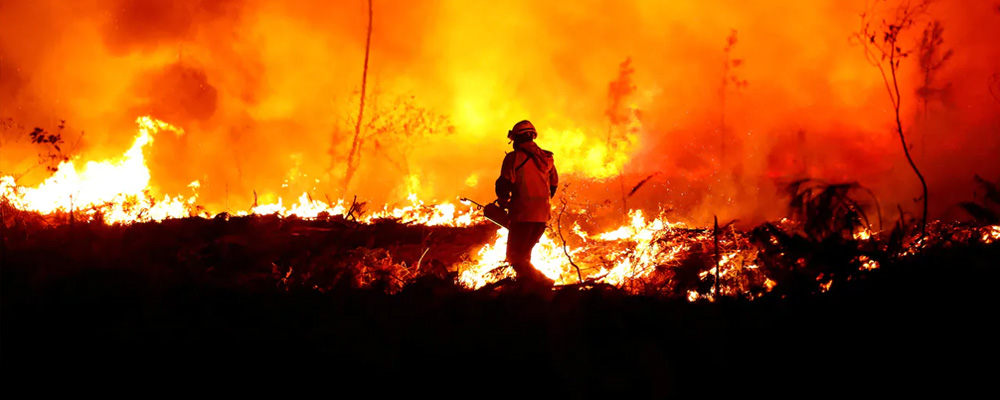
Disaster Management India Plan From a Meteorological Standpoint
Several policies, laws, and courses-of-action have been in place since India’s first disaster management plan was launched in 2016 by Prime Minister Narendra Modi. To aid in the conservation and recovery of property and lives, a standardised framework of strategic and critical thinking became active in disaster prone areas to understand the risks and the scope of disaster readiness.
Functions and Domain
In this plan, two task forces were introduced based on their needs and purpose for specific responsibilities to be in-route before and during the disaster as per changing needs and situations.
The first task force responsibilities majorly revolve around managing the overall coordination between Intra and Inter Ministerial, Media, VIP, Legal, and other agencies. Their protocols and discipline prioritises safety audits among disaster management teams, protecting vital data/equipment and overseeing evacuation.
The second task force responsibilities include assessing the damage, carving out quick damage recovery plans to ensure the local business functions are returned to normal within the shortest possible time.
The members of this task force include joint secretary, deputy secretary, under secretary and section officer. The plan in general is to regulate training, mock drills and periodic reviews of disaster risks to address issues such as floods, hurricanes/cyclones, fire, and blackouts.
A Meteorological Standpoint
Due to India’s unique location below the Himalayas as well as its geo-climatic conditions and varied landscapes, India is especially vulnerable to natural disasters in addition to areas of dense overpopulation being at greater risk. Major concerns are related to what we can control after the disaster is averted for disease outbreak and sanitation.
Every year during monsoon season, the peninsular regions of South India, the remote, mountainous regions of the North, experiences devastating spring flooding and major landslides. Especially the Himalayan states, where avalanches dormantly increase devastation due to falling rocks, mudslides, and flash floods.
Without a plan of action, natural disasters are bound to wreak havoc. A wasted potential of large scale development can bring down the pace of quality of life taken away within a few days. Development cannot be sustained unless mitigation is built into the process.
About 6th WDCM
To be held in Dehradun, Uttarakhand from 28th November to 1st December, the sixth global conference on disaster management brings forth discussion and brainstorming ideas to the public. The theme of 2023 is 'STRENGTHENING CLIMATE ACTION & DISASTER RESILIENCE'. Furthermore, a special focus will be given on mountain ecosystems and culture.